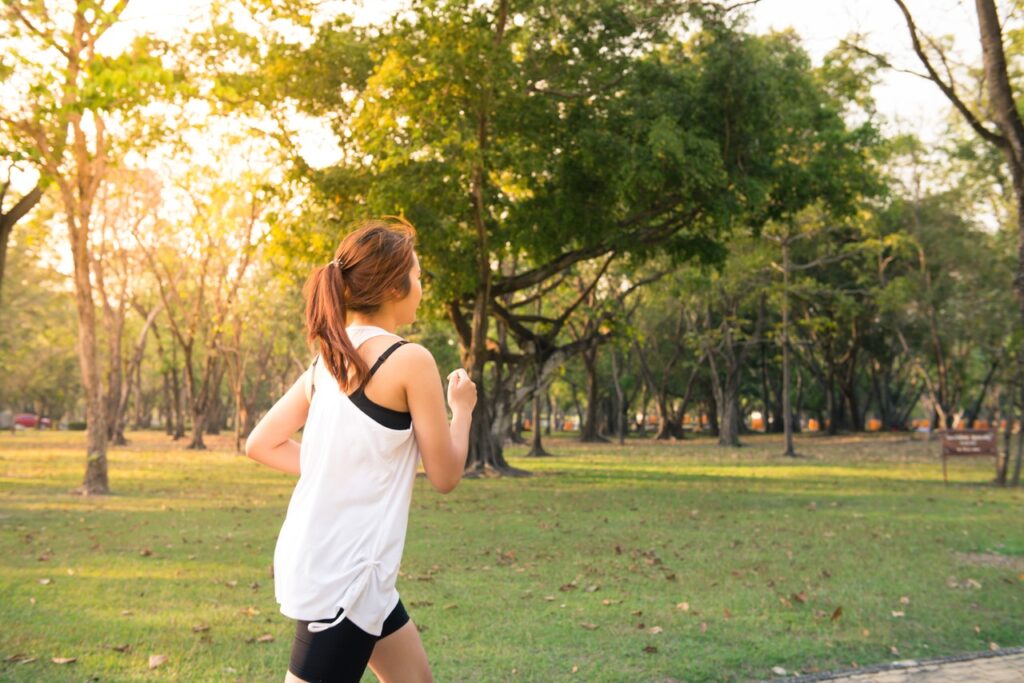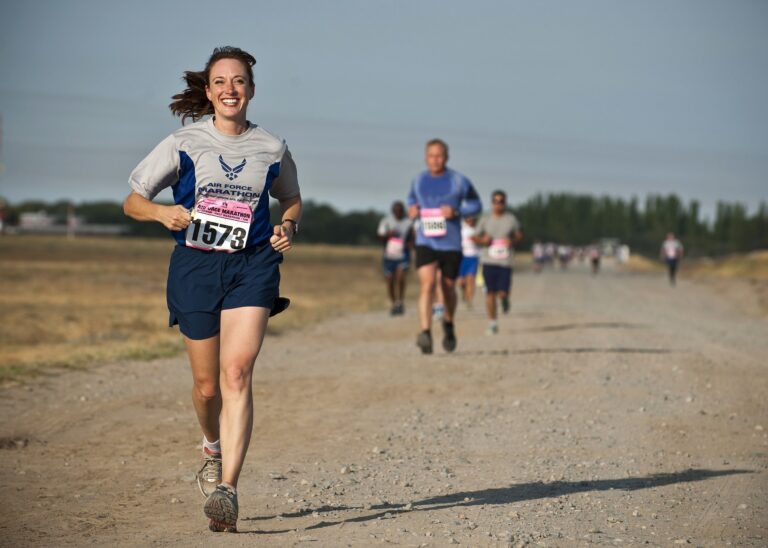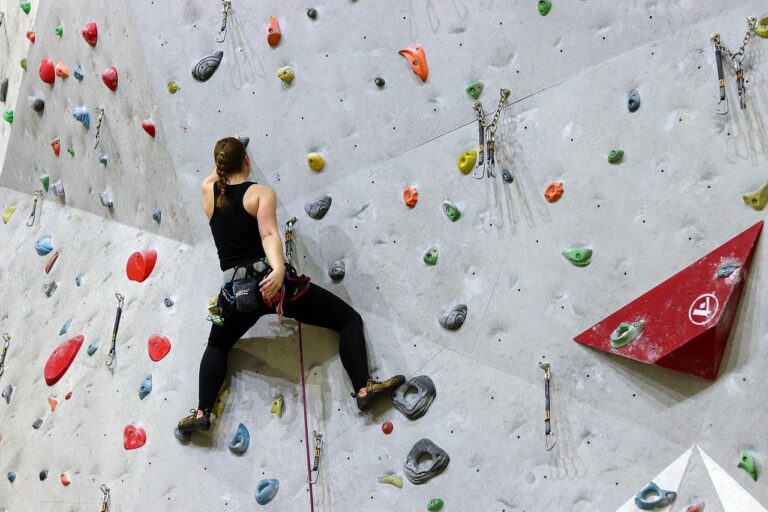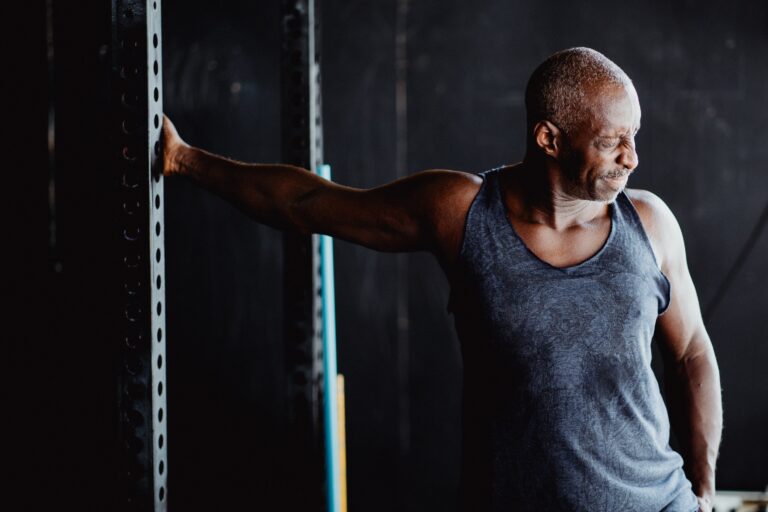How to transition seasonal activities without getting injured
Spring is finally here! After the third false spring, it’s safe to say that the snow has stopped, and it’s time to switch gears into running, biking, and hiking season.
Now, how can you transition seamlessly between these sports and activities without getting injured?

Yes, there is always the chance of falling off your mountain bike or twisting an ankle while running. However, the majority of injuries I see are due to training errors or improper preparation leading to a change in sport.
Mountain communities are always filled with people who are out getting after the highest peaks, the longest ski tours, and the most elevation. This creates individuals who are very strong cardiovascular-wise, allowing them to likely switch back into running a weekly half marathon right when the first sign of spring shows.
The issue here is that the body’s tissues, such as muscles, bones, tendons, and ligaments, all adapt to the stress placed on them. Therefore, if you haven’t run or biked all winter, even if you have ski toured every weekend, the demands placed on the body will be different, which can subject you to injury if you overdo it. You may not feel tired from a cardiovascular standpoint, but the body will be quite surprised, leaving you prone to overuse/training error injury.
So how can we mitigate these risks?
Tip #1: Understanding mechanical stress
Understanding how our body adapts to mechanical stress is important when considering reducing your risk of injury.
The below video explains the concept of mechanical stress quantification in an easy to understand way!
The main takeaways here are:
- To understand that different sports place different demands on the body, and we have to give our bodies time to adjust to these new stresses.
- Gradual progression in training load is essential to create more resilient tissues.
- Too much stress can increase the risk of injury.
Tip #2: Ways to create resilience
For many of us, we just want to get out there and do the sport we’re passionate about.
It can be challenging to hold back and not just pick up where we left off last season.
The definition of resilience is the “capacity to withstand or recover quickly from difficulties/stresses placed on the body“.
When it comes to building tissue resilience, many factors are at play.
Firstly, proper nutrition and rest are crucial for getting stronger. Therefore, it’s important to address these factors before ramping up training volume.
Strength training is also a key way to build the tolerance of the body’s systems (muscular, bone, tendon, etc.). Preparing for the season through heavy resistance training can help raise the body’s ability to handle the stresses placed on it, which may allow you to start your season at a higher level of activity than someone who didn’t do any preseason strengthening.
Main takeaways here:
- Strength training can help create stronger tissues, allowing you to start your season with a higher activity level.
- Rest and nutrition are crucial for building resilience.
Strength training examples
Barbell squat
Step-Up
Dumbbell split squat
Romanian dead-lift single leg
Tip #3: Tracking activity levels
For those engaging in multiple sports simultaneously, it can be beneficial to use an application or logbook to keep track of weekly activities and ensure gradual progression without large increases in training volume.

Some of my favourite applications for tracking are Strava and Training Peaks, which show weekly mileage or activity output.
These apps also allow you to record how you feel after each workout, which can help assess recovery.
If you notice you’re struggling with workouts throughout the week, it may be time to reassess your recovery strategies.
Main takeaways here:
- Tracking weekly activity can prevent large spikes in training volume.
- Recording your level of difficulty can help assess how recovery and training are going.
Tip #4: Be kind to yourself
Tip 4 emphasizes the importance of being kind and patient with your body as you transition between sports. It’s easy to fall into the trap of comparing your progress to others or your own previous performance, which can lead to feelings of frustration and disappointment. However, it’s important to remember that building up tolerance and adapting to new sports takes time and patience.
Part of being kind to yourself is listening to your body and recognizing when you need to take a break or prioritize rest and recovery. Pushing yourself too hard or ignoring warning signs of injury can set you back in the long run. It’s also important to focus on the process of learning and improving, rather than solely on achieving specific goals or outcomes.
Overall, being kind to your body means treating it with care and respect, giving it the time and resources it needs to adapt to new challenges, and finding joy in the process of growth and development.
Expert Contributor

Shota Ida, Physiotherapist, Keystone Health, Revelstoke







